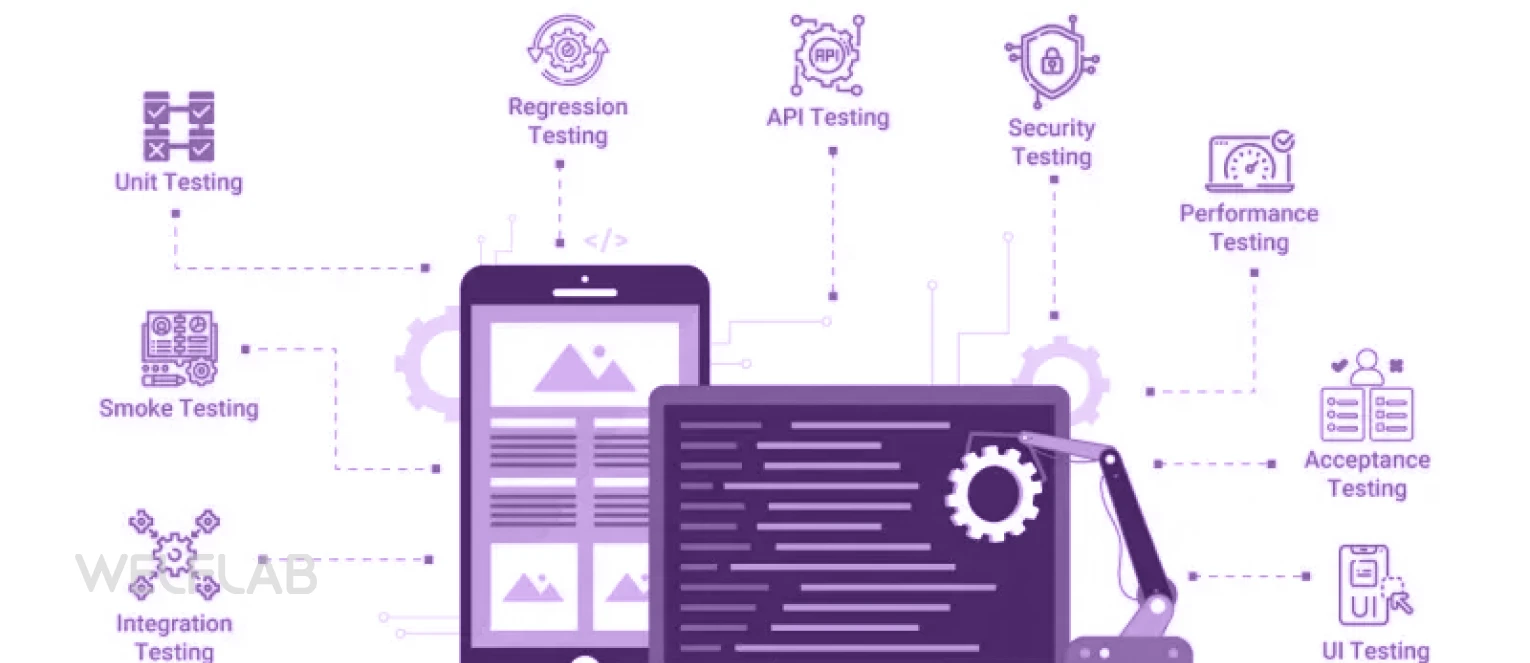Acceptance testing plays a crucial role in software development, ensuring that the final product meets the desired requirements and functionalities. It involves evaluating the systems behaviours and performance from and end user’s perspective, validating whether it meets business objective. By simulating real life scenarios, acceptance testing verifies if the software is ready for deployment. This subtopic will delve into the significance of acceptance testing in delivering high-quality software while minimizing risks and enhancing user satisfaction.
The Benefits Of Automating Acceptance Testing For Agile Development Teams
Automating acceptance testing offers numerous benefits to agile development teams. Firstly, it reduces the time and effort required for manual testing, allowing teams to focus on other critical tasks. Additionally, automation ensures consistent and repeatable test results, minimizing human error and increasing overall accuracy. It also facilitates faster feedback loops, enabling prompt identification and resolution of defects. Moreover, automated acceptance testing promotes collaboration among team members by providing a shared understanding of system behaviours and requirements.
Exploring Automation Frameworks And Testing Tools For Efficient Acceptance Testing
When it comes to efficient acceptance testing, exploring automation frameworks and testing tools is essential. Automation frameworks provide a structured approach to test development, execution, and reporting. They offer features like test case management, data-driven testing, and integration with other tools. Testing tools such as Selenium WebDriver and Appium enable automated interactions with web applications and mobile devices respectively, ensuring accurate and reliable acceptance testing results.
Implementing Cloud-Based Solutions For Scalable And Reliable Acceptance Testing
Implementing cloud-based solutions for scalable and reliable acceptance testing has become the easiest way to streamline the testing process. Cloud platforms offer numerous benefits, including flexibility, cost-effectiveness, and accessibility. By leveraging these solutions, businesses can easily scale their testing infrastructure according to their needs without investing in expensive hardware or software. Additionally, cloud-based solutions provide reliable performance across different devices and locations, ensuring comprehensive test coverage and boosting overall efficiency in the acceptance testing phase.
Best Practices For Ensuring Quality Assurance Through Automated Workflows And Test Reporting
To ensure quality assurance through automated workflows and test reporting, it is crucial to implement best practices. Firstly, establish a clear and concise testing strategy that aligns with project requirements. Secondly, utilize a robust test automation framework that supports the desired functionalities and easily integrates with the existing systems. Thirdly, maintain a comprehensive suite of test cases covering all critical scenarios.
Lastly, regularly analyze and report test results to identify potential issues promptly and ensure continuous improvement in the testing process.
Understanding The Role Of Test Data Management In Automating Acceptance Testing
Test data management plays a crucial role in automating acceptance testing. It involves the creation, maintenance, and manipulation of test data used during the testing process. Effective test data management ensures that appropriate datasets are available for each test scenario, enabling accurate and comprehensive validation of software functionality. By automating this aspect, organizations can streamline their acceptance testing process and enhance efficiency, ultimately leading to faster delivery of high-quality software products.
Exploring The Efficiency And Scalability Of Cloud-Based Acceptance Testing Solutions
Cloud-based acceptance testing solutions offer a streamlined and scalable approach to automate software testing. By leveraging the power of the cloud, these solutions provide efficient and cost-effective ways to execute tests across multiple platforms and environments. With on-demand access to a vast array of resources, developers can easily scale their testing efforts to meet growing demands.
Leveraging Headless Browser Automation For Cross-Platform Compatibility In Acceptance Testing
Leveraging headless browser automation can greatly enhance cross-platform compatibility in acceptance testing. By utilizing a headless browser, which operates without a graphical user interface, developers can run tests on various platforms and operating systems seamlessly. This approach eliminates the need for multiple physical devices or virtual machines, reducing time and resources required for testing. Headless browsers allow for efficient testing across different environments, ensuring consistent functionality and improved overall software quality.
Ensuring Reliability And Security Through Automated Regression Testing In Agile Development
Ensuring reliability and security in agile development is paramount, and automated regression testing offers a solution. By continuously running tests on previously implemented functionalities, any potential issues or vulnerabilities can be identified early on. This proactive approach helps maintain the stability and security of the software throughout its development lifecycle. Automated regression testing eliminates human error and allows for swift detection of any deviations or regressions, enabling developers to rectify them promptly before they become critical concerns.
Performance Testing And Load Testing: Key Considerations For Automated Acceptance Testing
Performance testing and load testing are crucial considerations for automated acceptance testing. Performance testing ensures that the software performs optimally under various conditions, measuring response times, scalability, and stability. Load testing involves simulating real-life user traffic to determine the system’s capacity limits. Both types of testing help identify bottlenecks and potential issues that may affect user experience or system performance. Incorporating performance and load testing into automated acceptance testing guarantees a reliable and efficient software solution.
Integrating Acceptance Testing Into Cicd Pipelines For Streamlined Devops Processes
Integrating acceptance testing into CI/CD pipelines is crucial for achieving streamlined DevOps processes. By automating acceptance testing, teams can ensure that new features and updates meet the desired functionality and quality standards before being deployed. This integration allows for continuous feedback and early bug detection, reducing the risk of issues reaching production. With acceptance tests being executed automatically within the pipeline, development teams can focus on delivering value while maintaining a high level of confidence in their software releases.
Choosing The Right Automation Frameworks And Scripting Languages For Effective Acceptance Testing
Choosing the right automation frameworks and scripting languages is crucial for effective acceptance testing. The selection should be based on factors such as project requirements, team expertise, and ease of use. Frameworks like Selenium, Cypress, and Appium offer powerful features for web and mobile testing, while scripting languages like Python, JavaScript, and Ruby provide flexibility in writing test scripts. A thoughtful decision in this area ensures smoother test automation implementation and maintenance.





